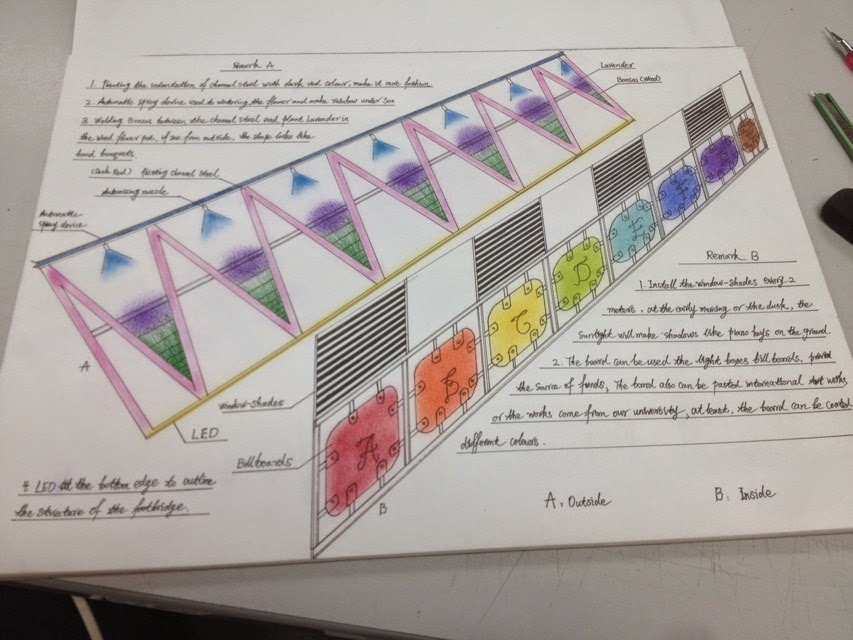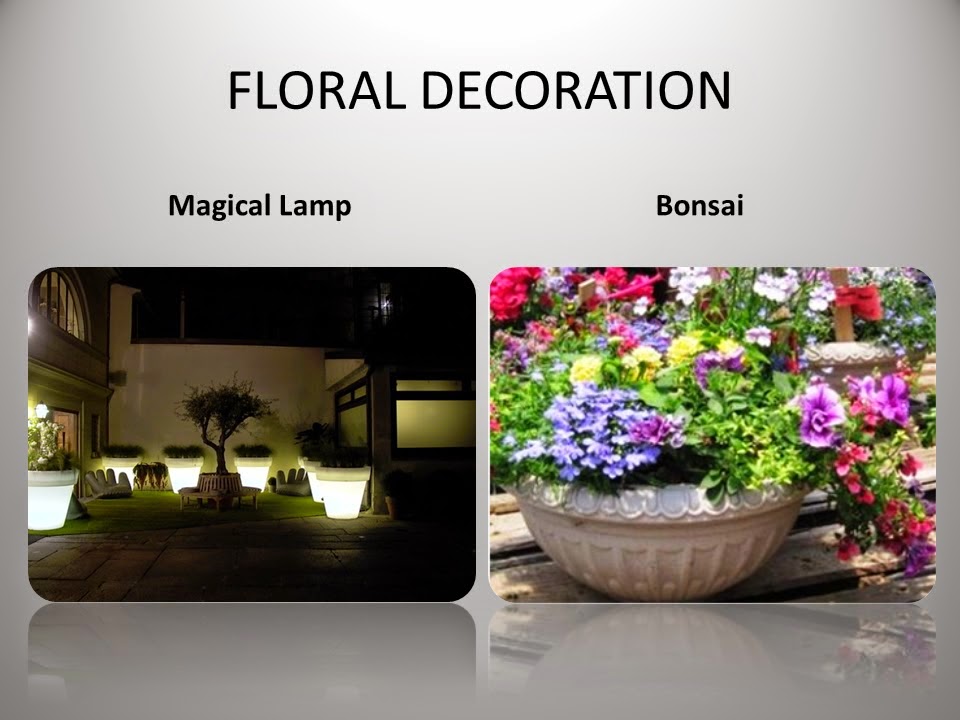2014年11月8日星期六
Situation Awareness
Situation Awareness
330 Aviation Aircraft
This week , a pilot come and introduce the knowledge about the flight , I think it`s a nice explanation for our question .
Face so much meter and button , I think the flight is so difficult , so I go to read operation manual to supplement what I have learnt on class .
On the panel , there are many functional areas , Primary flight display / Navigation display / Automatic flight / Engine indication and crew alerting system (EICAS) display / Electrical system / Hydraulics system
Engines / Fuel system / Pneumatics / Other MFD pages / Flight management computer / Ground proximity warning system ( GPWS ) / Radio panel / Autobrakes / Passenger signs / Clock and so on .
I give 3 questions :In the winter , when I go abroad , just take off for a while , we meet the turbulent zone , in 20 minutes the flight rise to 9000 meters height , and with hovering flight , most of passengers don`t fell good , is there have any other good idea to choose , the pilot explained how to form the turbulent zone , and said this is the best choice .
The second one is when we landing , from the window , I saw the black smoke outside , but everything is normal , the plane was not shake , the landing speed feels comfortable , at last ,we have a safety landing . the answer is some mechanical failure .
The third question is which kind of flight you drive more comfortable , the pilot said Boeing , after the class , I searched on the internet , it said especially Boeing 777 is famous for the advanced technology and safety .
Then I will give a simple introduction how to flight ( come from operator handbook ) :
The first step : (checking : flaps / automatic brakes / light) we should put the ILS frequency input to NAV1 , set up the automatic drive panel ( CRS / speed / course / height ), open FD , lighting course hold , lay down flaps to 5 degree , put the automatic brakes to RTO , then open different kind of light .
The second step : push the throttle maximum , rolling off , when the speed up to 160 , push the head of plane to 5-8 degree , leave the land and have a stable rising rate , retract the landing gear and all of flaps . then lighting CMD and speed hold , open A/T .
The last step : ( landing ) adjust speed , landing gear , make spoiler pre-bit and automatic brakes to 2 stalls , put down the flaps with the stare of guiding light , make the head of flight to level or slightly down 5 degree , then checking everything is ready , open landing light , disconnect CMD and accelerator , when up to the entrance of track , full resumption of oil , pull the trolley , make the head of flight up to 3 degree to connect the ground .
Everyone face the environment have his feeling , and they have their way to response outside ( time / space )
Here are 4 different awareness : monitoring / cue detection / awareness of multiple / situational elements
Before something happened , there are some related data and cues occur to relevant goals , what you decide will affect the states in the future .
When you face the situation to do decision , you should awareness which part make you to do decision ( time pressure , anxiety , uncertainty , noise , physical fatigue , personal factors , alarms or alerts ) , so you should make a decision before the information gathering too much to put stress on working memory .
Situation awareness have four steps before the human error :
- Complexity creep : the more features ,the less able a person is to comprehend and form an internal representation of how the system works to make predictions of its behavior
- Out-of-loop syndrome : people become less involved and less alert but human are still decision maker and problem solver when things go wrong
- Errant mental model : use of incorrect or incomplete mental models making poor comprehension and projection
- Misplaced salience / Salience catch attention : Good - draw attention to critical information ; Bad -overuse or misuse , distractive
In all , I wish the operate is more automatic and more interactive , as flow :
2014年11月2日星期日
Open Studio : Lighting Design
Open Studio : Lighting Design
This week we start a new module " lighting design " , one part is " light and lighting " , the other part is " value - based architectural thinking " .
Light and lighting teach me how to communicating with " light and shadow ".
Contemporary roles of lighting : functioning with lighting / relative profession / visual perception / brightness perception / depth of field / form and texture / colour appearance of white light and colour of object . For example : warm light and mist ( beautify and atmosphere ) / water and reflections ( the bara by vision lighting ) .
Why lighting design ?
- visual information needs
- change of lifestyles
- heath and well-being
- more complex buildings
- rapid urbanization
- energy and environment
Illumination consideration :
- horizontal and vertical illumination
- relative height of light
- relative height and brightness
Also there are some knowledge relative to dramatic effects / emphasis of overfelt / induction light / communicating concepts / communicating scenes / lighting scenes .
The second part is " value-based architectural thinking " .
Tries to incorporate the best aspects and avoid the worst problems of all of the thinking approach :
- systematic information gathering procedures
- obtaining agreement with stake holders including users and community in open work session environments
- most important design issues are addressed
- firmitas + utilitas + venustas
- firmness + commodity + delight
- surviral + good life + art
- to protect + to nurture + to transform
At the end of class the class , we divided two groups to design the footbridge corridor with the lighting and technology skills , then we go with professor to see the site in the BTS station .
Bangkok Metro Public Company Limited -- MRT
Bangkok Metro Public Company Limited -- MRT
This week we went to Bangkok metro public company limited take part in the field trip . the first part is : introduction by PPT ( history , department system and so on ) , the second part is inspect the central control room ( CCR ) , the third part is put questions .
Introduction :
MRT-mass rapid transit take the heavy transportation task in Bangkok with BTS , the MRT chaloem ratchamongkhon line ( the MRT system ) has become the first metro in Thailand because its initial system section of hua lamphong to bang sue is the first railway system in Thailand that kept on underground level .
For the safety , the staff ( operator , engineer , learder ) cooperate with each other by communication , each step interlocking with other with SCADA system ; The staffing including : line controller ( LCO ) / depot controller ( DCO ) / engineering controller ( ECO ) / communication & security controller ( CSO ) / chief controller ( CCO ) ; Emergency training : CCR training / derailment exercise / Eire exercise / bomb & hostage / scenario exercise & external exercise .
Mental workload : the total of all assessable influences impinging upon a human being from external sources and affecting it mentally .
I raised 3 questions :
- Bangkok have a lot of groundwater , how to do water proof measures , is there have any difficulty in the construction and normal operation period ? ( answer : they have strong monitor system and pumps working without stop )
- how do you arrange the time and adjust for per person in a day ? ( answer : they have 3 groups to shift in each 5 positions , every group work 8 hours without rest , I think why not have 4 group in one day or 4 group 3 operate each day )
- Because in the 8 hours without rest , how to adjust the mental workload on the working time ? ( answer : occasionally , somebody need only work 4 hours , and the operators can walk around in the control room and talk with each other )
The mental workload comes from : noise / hazards arising from machinery , equipment and materials / chemical hazards / hazards arising from electricity / hazards arising from fire and explosions / hazards arising from whole-body or hand-arm vibrations / falls / physical strain or stress
Basic human needs : for self-determination / to develop competence / for a sense of belonging and gain recognition .
Work must not cause illness - this is vital ; a large share of the prevention efforts in the enterprise focuses on this maxim .
Workload and requirements can no longer be coped with include :
- complaints of employees about mental workload and physical problems at the workplace
- reduce motivation , poor company climate , mobbing , addictive behaviour
- infighting for competences , insufficient coordination , duplication of work
- lack of flexibility and commitment on the part of employees
- downtimes due to absenteeism , sickness leaves , fluctuation
- rejects , need for reworking ,complaints
- failure to comply with deadlines , both internally and vis-a-vis customers or business partners
- excessive overtime work , additional requirements in terms of time and material
- excessive throughput times , inventories and overhead costs
Occupational overload or underload may have short-term consequences ( stress , monotony , mental satiation and mental fatigue ) , which may tend to become long-term consequences such as psychosomatic or mental diseases whenever the employee has to cope with unfavourable working requirements over a prolonged period of time .
I choose some information form the checklist and evaluation lists related to the control room for us to analysis .
Stress :
- the responsibility is too high
- instructions leave little room for the execution of work
- the future of department or enterprise is uncertain
- i very often overlook or disregard information
- i am restless and nervous
Mental fatigue :
- the freedom of body movements is restricted
- breaks are hardly possible
- impaired visibility
- poorly designed tools
- annoying working environment
- i feel exhausted and tired
- my concentration decreases
- i have to overcome fatigue
- i feel strong need for a rest
Monotony :
- the tasks are predominantly operational
- the tasks are boring
- the tasks are monotonous and repetitive
- permanent attention is required , without something to do
- the workroom is too dark
- i feel i`am not challenged enough
- i do other things or my thoughts wander although permanent attention would be required
- i feel bored
- i dozed off or daydream
Mental satiation :
- there is no chance of avoiding or postponing the task
- poor working conditions
- i work to rule
- i have little chance to make use of my qualifications
- i am marking time and not getting anywhere
- i am dissatisfied
订阅:
评论 (Atom)















































